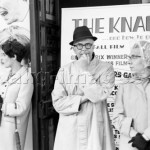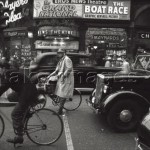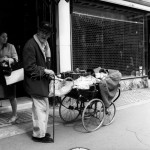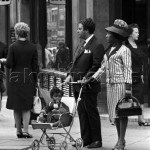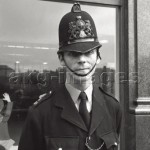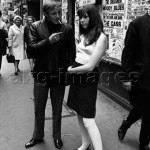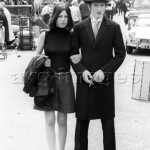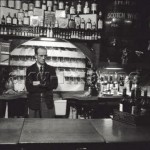Another London, another photographer
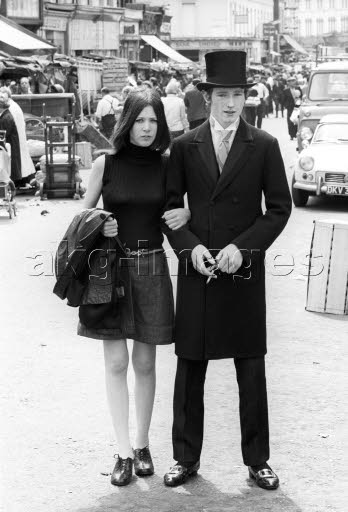
So… here in London we have just finished playing host to some sporting event or other. You may have heard about it. The world’s sportspeople descended on us, accompanied by their media. On Sunday afternoon I was getting off the number 3 bus at Lambeth Palace just as a Brazilian camera crew was trying to get on it. From Lambeth Palace there is a fantastic view of the Thames and the Houses of Parliament, so my guess was that the Brazilian crew was out filming some of the most iconic sights of London before heading back home.
It was quite appropriate to see a foreign camera crew at Lambeth Palace because, just five minutes’ walk away on the other side of the bridge, Tate Britain has a cleverly-timed exhibition looking at images of London taken by international photographers. And that was exactly where I was headed when I passed the Brazilians.
Whenever I go to an exhibition that is focussed on a particular artist or a very specific topic I always worry that I’ll end up sick of the subject by the end. Much as I admire Max Beckmann, by the time I was through with the enormous retrospective of his work at Tate Modern in 2003, I never wanted to see another painting of a fish or an acrobat again. Tate Britain’s Another London had the same effect on me: it was so packed with stunning photos – 180 from 41 photographers – that I was tired out by the penultimate room.
Also, certain themes kept cropping up across the decades – the proud poverty of the East End against the shabby glamour of the West End – that I found it difficult to get too excited when I saw another shot of Piccadilly Circus. (Piccadilly, along with Leicester Square, ranks as one of my most despised parts of London, somewhere to avoid, even as an interchange!)
But perhaps this is more a problem with my own exhibition stamina than the exhibition itself. The names on show – Cartier-Bresson, Robert Frank, for example – cannot fail to impress and there were some wonderful lesser-known photographers in the mix. The exhibition is drawn from a single collection, so there is a lovely unity to the images, even down to the framing. Any exhibition that reminds you that Dora Maar wasn’t just Picasso’s muse, but also a talented photographer in her own right, is worth the price of admission.
Although I was there on a Sunday and I try not to think about work at the weekends, I was also pleased to see two photos by Mario De Biasi in the exhibition. akg now has work by De Biasi in the archive thanks to our partnership with Mondadori Portfolio. Until Another London I did not know De Biasi’s work that well, it is brand-new into the collection and, now I am no longer a picture researcher, I do not have as much time to peruse the collection as I used to! I was astounded to read in the exhibition that De Biasi started taking photographs after finding a camera amongst the rubble of a bombed-out building in Nuremberg in World War II. What an incredibly dramatic start to a career! The two shots by De Biasi in the Tate exhibition – the mixed-race couple and the photo of the young couple, she in a mini-skirt, he in a top hat – are in my selection below, along with some other new favourite photographs by De Biasi all taken in London.
I suppose the exhibition was a success for me after all. Not only did it present me visions of my city through unfamiliar eyes, but it also made me look again at a photographer for whom I had not yet found time. Another Country runs until 16 September 2012 and is accompanied by a stunning catalogue.
